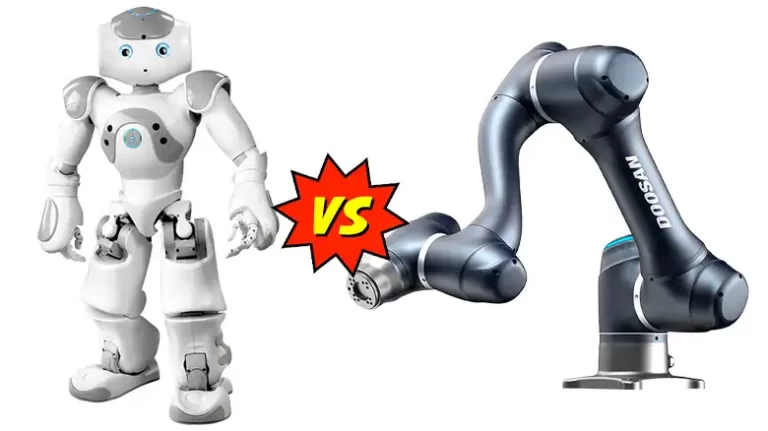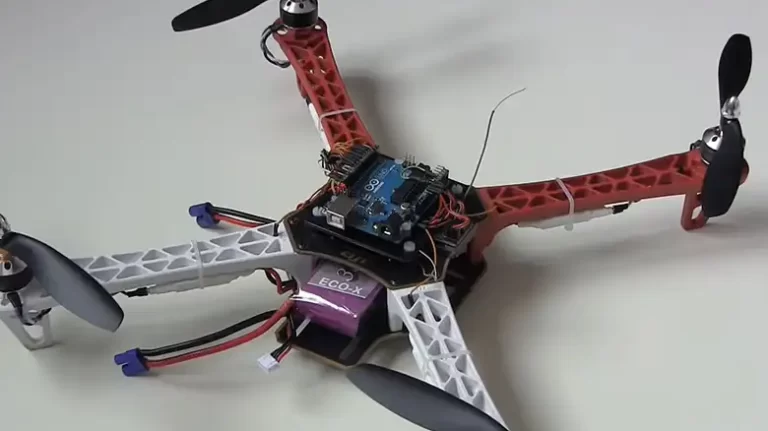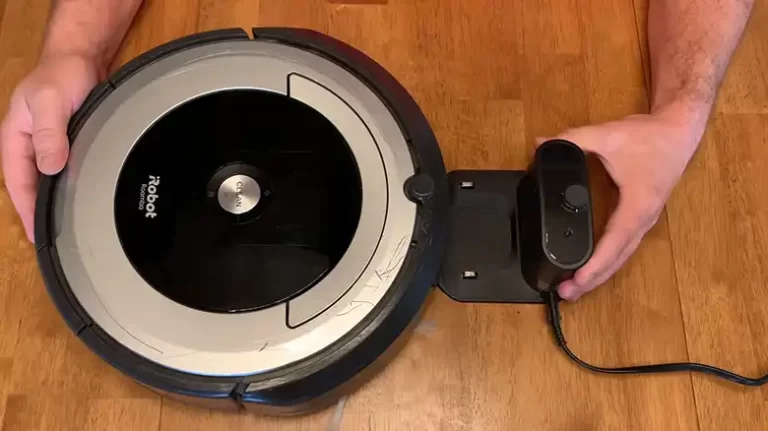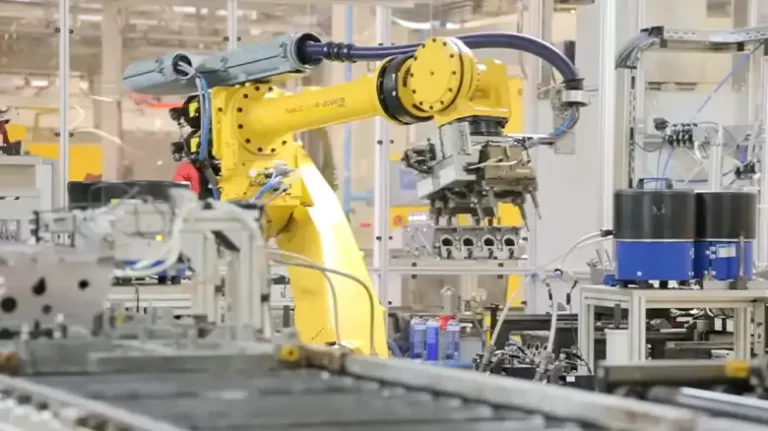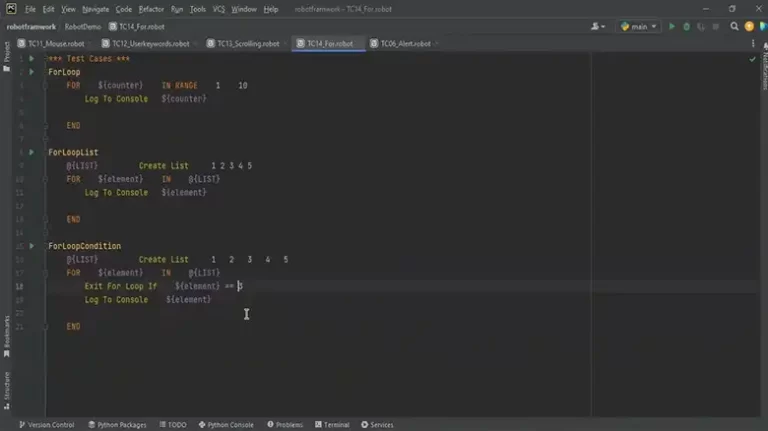Is it a Good Idea to Use a Single-Board-Computer in a UAV Robot?
The heart of any UAV is its onboard computer, which is responsible for controlling flight, processing sensor data, and executing mission-specific tasks. While microcontrollers have traditionally been the go-to choice for UAVs due to their simplicity and low power consumption, the advent of powerful Single-Board Computers (SBCs) has expanded the possibilities for drone applications.
In short, using single-board-computer in a UAV is perfectly fine. However, there are some caveats which we will discuss in this article.
Below, we will explore the use of SBCs in UAV robots, discuss why it can be a good idea, examine some suitable SBC options, and present a detailed comparison of the advantages and disadvantages of using SBCs in UAVs.
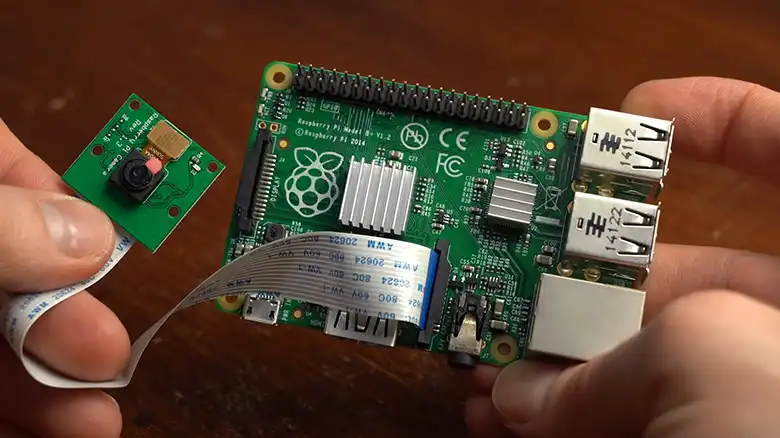
Why Use Single-Board Computers in UAVs?
Processing Power and Versatility
One of the primary reasons to consider using SBCs in UAV robots is the substantial processing power they offer. These compact computers are often equipped with multicore processors, GPUs, and generous amounts of RAM, allowing them to handle computationally intensive tasks. This processing power is invaluable for complex tasks such as computer vision, simultaneous localization and mapping (SLAM), and autonomous navigation.
The versatility of SBCs is another key advantage. They can run a wide range of operating systems and software, making it easier to implement sophisticated algorithms and applications. Whether you need to run Python scripts, C/C++ programs, or even machine learning models, an SBC provides the flexibility to do so.
Connectivity and Communication
SBCs typically come with a variety of connectivity options, including Wi-Fi, Bluetooth, USB ports, Ethernet, and HDMI. This connectivity can facilitate communication with ground stations, remote control, telemetry, and data transfer. It allows UAV operators to monitor and control the drone from a distance, retrieve real-time telemetry data, and even stream live video feeds.
Operating System
SBCs often run full-fledged operating systems like Linux. This provides access to a vast ecosystem of open-source software libraries and development tools. Linux’s stability, security, and extensive support make it a popular choice for UAV applications.
Community and Support
Popular SBCs, such as the Raspberry Pi and NVIDIA Jetson series, have large and active user communities. This translates to readily available resources, online forums, tutorials, and a wealth of knowledge. When you encounter challenges or need guidance, you can rely on the supportive SBC community for assistance.
Suitable Single-Board Computers for UAVs
When considering SBCs for UAV applications, several options stand out due to their features, processing power, and community support. Here are some noteworthy SBCs that can be well-suited for UAV projects:
Raspberry Pi Series
The Raspberry Pi is a widely popular SBC known for its affordability and versatility. It’s available in various models, with the Raspberry Pi 4 being one of the most capable in terms of processing power. Raspberry Pi boards run on a variety of Linux distributions and support numerous programming languages. This makes them ideal for UAVs that require moderate computational capabilities.
NVIDIA Jetson Series
The NVIDIA Jetson series is designed for edge computing and AI applications. Jetson SBCs, such as the Jetson Nano, Jetson Xavier NX, and Jetson AGX Xavier, offer significant GPU power for tasks like computer vision and machine learning. They are suitable for UAVs that demand advanced AI capabilities and real-time processing.
Odroid Series
Hardkernel’s Odroid series includes SBCs like the Odroid XU4 and Odroid N2. These boards provide a balance of processing power and compact form factors, making them useful for UAVs with size and weight constraints. They run various Linux distributions and support multiple programming languages.
BeagleBone Series
The BeagleBone series includes SBCs like the BeagleBone Black and BeagleBone AI. These boards are known for their extensive I/O capabilities, making them suitable for UAVs that require extensive sensor integration and real-time control. They run on Linux and support programming in Python, C/C++, and other languages.
UP Board
The UP Board offers a combination of x86 architecture and small form factor. It can run Windows or Linux and supports various programming languages. This SBC is suitable for UAVs that require compatibility with x86-based software and applications.
Advantages and Disadvantages of Using Single-Board Computers in UAVs
To help you make an informed decision, let’s explore the advantages and disadvantages of using SBCs in UAVs through a detailed comparison.
| Advantages of SBCs in UAVs | Disadvantages of SBCs in UAVs |
| Processing Power: SBCs offer substantial processing power, enabling complex tasks like computer vision, AI, and autonomous navigation. | Power Consumption: SBCs consume more power compared to microcontrollers, potentially reducing flight time. Careful power management is crucial. |
| Versatility: SBCs support various programming languages, operating systems, and software libraries, allowing for flexibility in application development. | Weight and Size: SBCs are bulkier and heavier than microcontrollers, which can be problematic for smaller UAVs with strict weight and size constraints. |
| Connectivity: SBCs come with multiple connectivity options, facilitating communication with ground stations, remote control, telemetry, and data transfer. | Heat Dissipation: SBCs generate heat during operation, necessitating heat management solutions in a confined UAV space. |
| Operating System: SBCs run full-fledged operating systems like Linux, granting access to a wide ecosystem of software and development tools. | Complexity: The use of an SBC can increase the overall complexity of the UAV system, potentially requiring more extensive testing and debugging. |
| Community and Support: Popular SBCs have large and active user communities, providing valuable resources, forums, tutorials, and support. | Cost: SBCs are generally more expensive than microcontrollers, which may impact your UAV project’s budget. |
SBCs vs. Other Options for UAVs
While SBCs offer several advantages for UAVs, it’s essential to consider how they compare to other options:
SBCs vs. Microcontrollers
Microcontrollers, such as Arduino and STM32, are known for their low power consumption and simplicity. They are well-suited for basic flight control tasks. In contrast, SBCs excel in handling more complex tasks, making them ideal for advanced applications like computer vision and autonomous navigation.
SBCs vs. Flight Controllers
Flight controllers, like those found in commercial drones, are specialized microcontrollers designed specifically for drone flight control. These controllers are optimized for stability and real-time operation, making them preferable for basic drone functions. SBCs, on the other hand, are chosen for their ability to handle additional high-level computing tasks and applications.
SBCs vs. Custom PCBs
Custom Printed Circuit Boards (PCBs) offer the advantage of tailored integration of components, sensors, and microcontrollers. While they allow for more optimized solutions, they require advanced hardware and software development skills. SBCs provide a more accessible and versatile platform for UAV projects without the need for custom PCB design.
Can I use any SBC for my UAV project?
You can use SBCs for UAV projects, but your choice should align with your project’s specific requirements. Consider factors like processing power, power consumption, weight, and available space.
Are SBCs suitable for small drones with strict weight constraints?
SBCs are bulkier and heavier than microcontrollers, which can be challenging for small drones. Ensure that your UAV design can accommodate the additional weight.
How can I manage the power consumption of an SBC in a UAV?
To manage power consumption, choose energy-efficient components, optimize your drone’s design for aerodynamics, and use efficient propellers. Selecting a larger battery can also help extend flight time.
Are there any alternatives to SBCs for advanced UAV applications?
In addition to SBCs, custom PCBs with specialized microcontrollers can be an alternative for advanced UAV applications, provided you have the necessary hardware and software development skills.
Are there any ready-to-use UAV platforms based on SBCs?
Some manufacturers offer ready-to-use UAV platforms that incorporate SBCs like the Raspberry Pi or NVIDIA Jetson for various applications. These platforms can provide a faster and more accessible way to get started with SBC-based UAVs.
Final Thoughts
The use of Single-Board Computers (SBCs) in Unmanned Aerial Vehicles (UAVs) has expanded the horizons of drone applications, offering substantial processing power, versatility, and connectivity. While there are clear advantages to using SBCs, such as the ability to perform complex tasks and access a wide range of software resources, they come with trade-offs, including power consumption, size and weight constraints, and added complexity.
Ultimately, the choice of whether to use an SBC in your UAV project depends on your specific requirements, budget, and the trade-offs you are willing to make. With careful planning and consideration of your project’s purpose, you can harness the power of SBCs to unlock new possibilities and capabilities in the world of UAV robotics.
